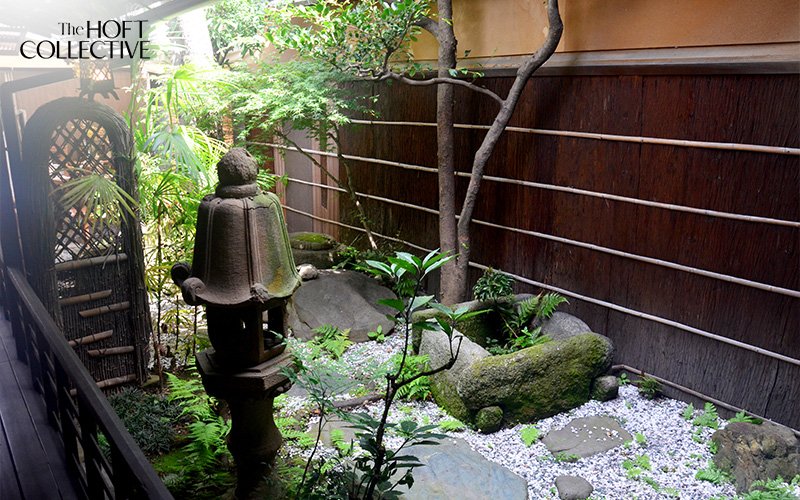Creating a Calm, Functional Home with These 7 Japandi Interior Design Elements
Key Takeaways
Japandi interior design blends Japanese simplicity with Scandinavian warmth.
Focuses on natural materials, clean lines, and muted colour palettes.
Minimalist furniture, thoughtful lighting, and indoor greenery enhance serenity.
Japandi style suits modern Singapore homes, from condos to 5-room HDB interior design projects.
What Is Japandi Interior Design and Why It Works in Singapore Homes
Japandi interior design, a harmonious blend of Japanese and Scandinavian aesthetics, has quickly become one of the most desired styles for modern living. Its appeal lies in its commitment to simplicity, serenity, and purposeful design. Especially suited for urban dwellings, this style offers the perfect balance between warmth and minimalism, making it ideal for creating serene home interiors in Singapore.
If you’re planning a residential interior design refresh or starting from scratch, these seven Japandi elements can help you build a calming, elegant, and highly functional living space.
1. Neutral and Earthy Colour Palette
The cornerstone of Japandi interiors is a muted, grounded colour scheme. Think soft beiges, greys, and off-whites combined with deeper tones like forest green or navy for contrast. These Japandi fusion design palettes create a soothing backdrop that supports a calm, uncluttered environment.
To enhance visual flow in compact areas, these colours also pair beautifully with light-toned wood and stone, making them perfect for modern interior design for Singapore homes.
2. Minimalist Furniture with Clean Lines
Japandi interiors rely on furniture that is practical, understated, and beautiful in its simplicity. Choose pieces with clean lines, natural finishes, and minimal detailing. Scandinavian-inspired shapes and Japanese low-profile forms complement each other perfectly.
This is where Japandi style furniture shines, offering subtle elegance while remaining supremely functional. Each piece should serve a clear purpose while contributing to the overall visual calm of the space.
3. Natural Materials and Textures
Texture plays a powerful role in creating warmth. Wood, bamboo, linen, and stone are key materials in Japandi design, bringing nature into the home in a subtle yet impactful way.
From stone tabletops to soft linen curtains and textured rugs, these elements layer beautifully to craft serene home interiors. Incorporating these materials into your design encourages relaxation and gives your home a tactile richness that feels organic and comforting.
4. Functional, Multi-Use Spaces
Functionality is at the heart of Japandi design. Whether you're styling a studio or managing a 5-room HDB interior design, each element should be thoughtfully selected to serve multiple purposes. Think foldable dining tables, modular sofas, and storage-integrated seating.
These solutions help you make the most of your floor plan while keeping the space visually light and free of clutter, two key principles of Japandi living.
5. Thoughtful Lighting That Calms
In Japandi design, lighting isn't just about visibility; it’s about mood. Harsh, bright lighting can break the calm, so opt for soft, ambient sources. Paper lanterns, warm-toned LED strips, and minimal pendant lights are great choices.
Consider layering your lighting with task and accent lights for flexibility. Good lighting design is particularly important in residential interior design where different rooms serve different purposes, from relaxing to working or entertaining.
6. Simple, Functional Decor
Less is always more in Japandi interiors. Avoid over-decorating and instead, choose a few purposeful pieces that speak to your style. A handcrafted vase, a ceramic tea set, or a single framed artwork is enough to add soul to a room without visual clutter.
This approach ensures every element contributes meaningfully to your space, echoing the essence of Japandi interior design, elegance through restraint.
7. Connection with Nature
Nature is a central theme in Japandi living. Introducing houseplants, bonsai, or fresh flowers brings life and movement into the home. Let natural light in where possible, and keep windows clear to invite outdoor views inside.
This connection to nature is not only grounding but also essential for mental well-being, making it a core part of modern interior design that Singapore professionals recommend today.
Embrace the Japandi Way of Living
Japandi interior design is more than a style, it’s a mindset. It invites calmness, promotes clarity, and supports intentional living. Whether you're working with a compact flat or a spacious HDB, applying these seven elements can help you transform your space into a functional, peaceful retreat.
If you're looking to embrace Japandi fusion design and elevate your home with subtle elegance, Hoft Interior is here to help.
Explore our services today and let us create a personalised space that reflects your lifestyle and brings serenity into every corner of your home.



